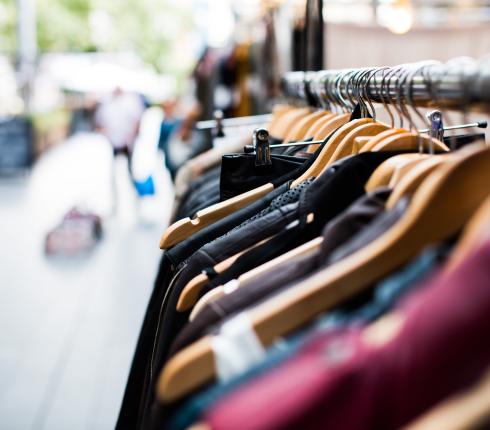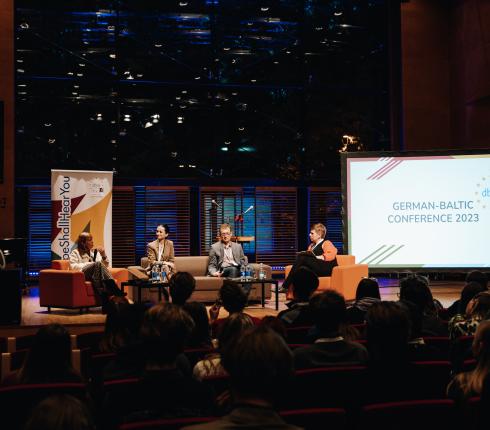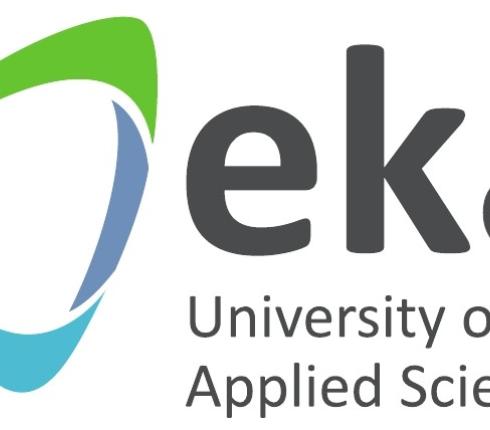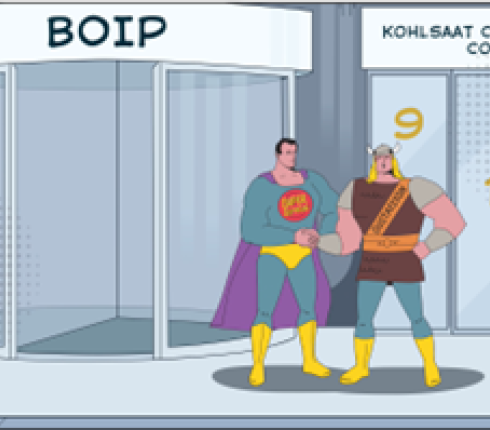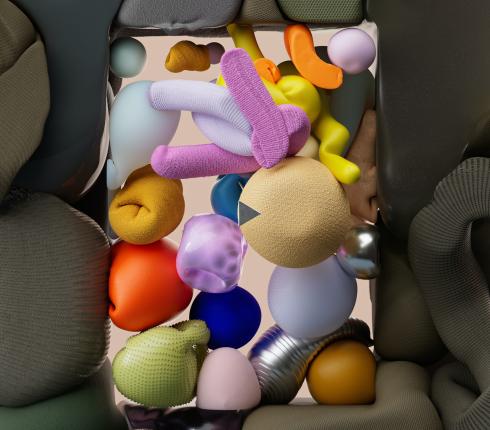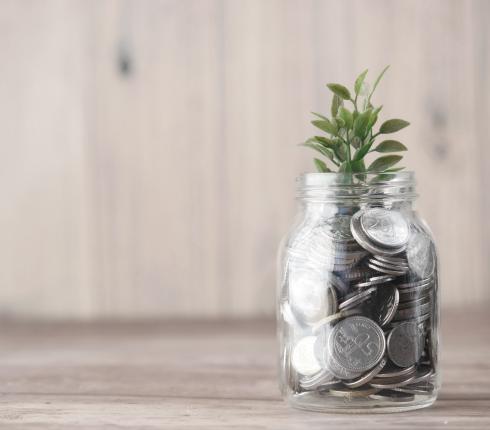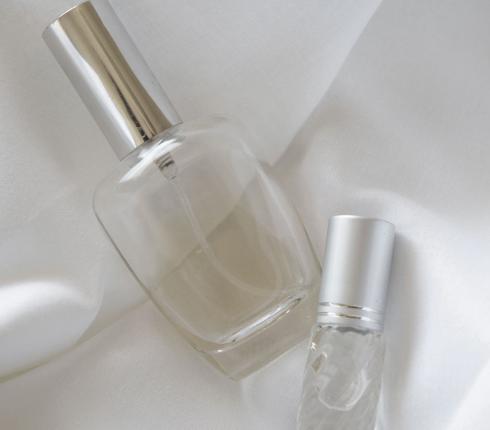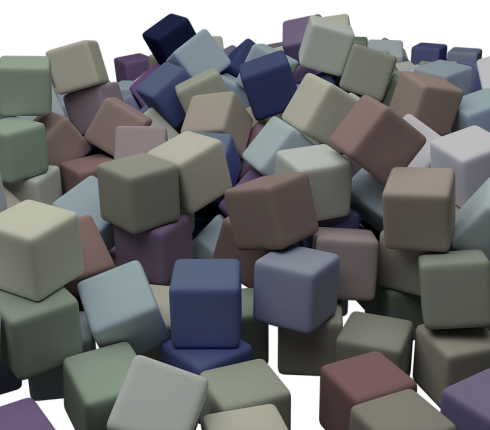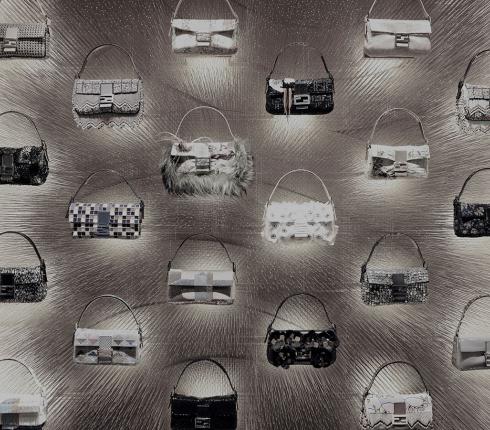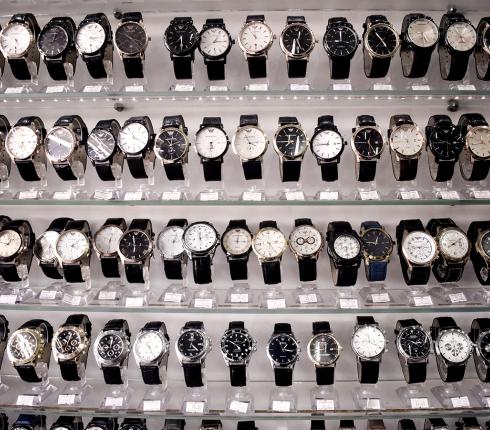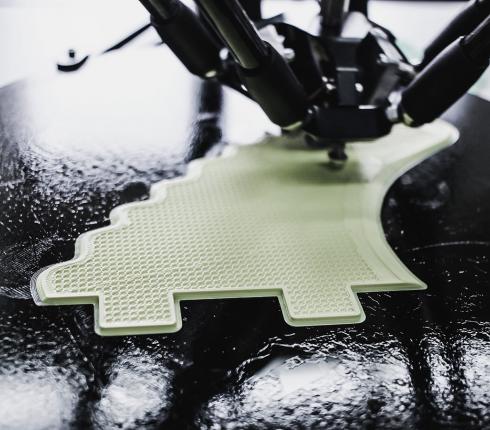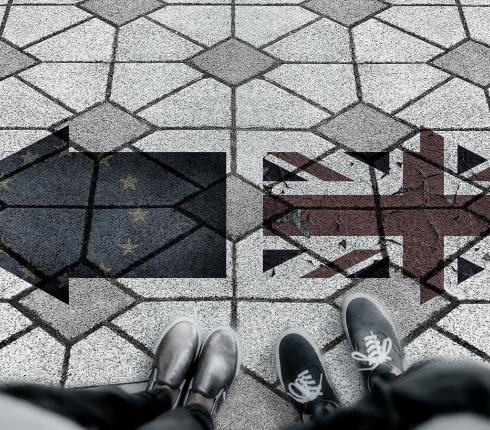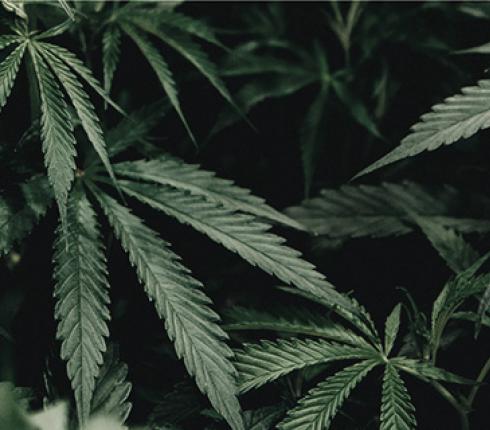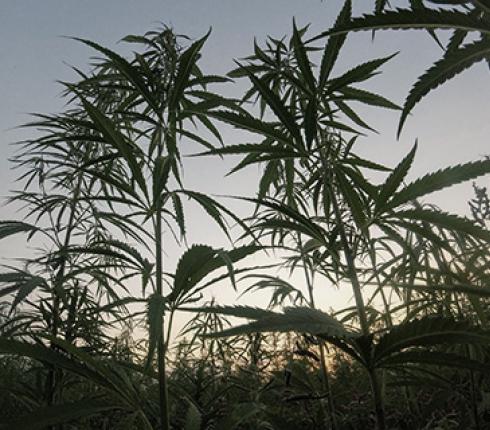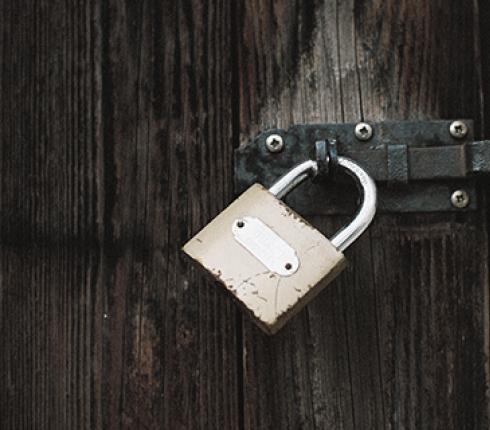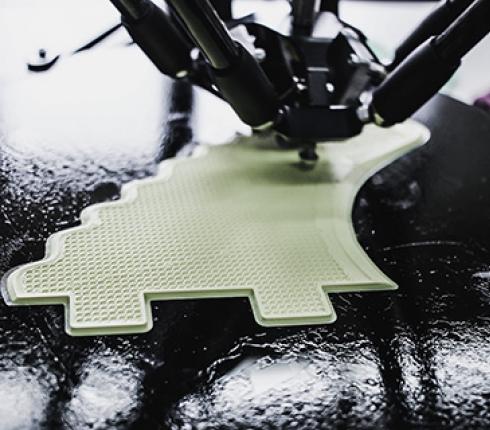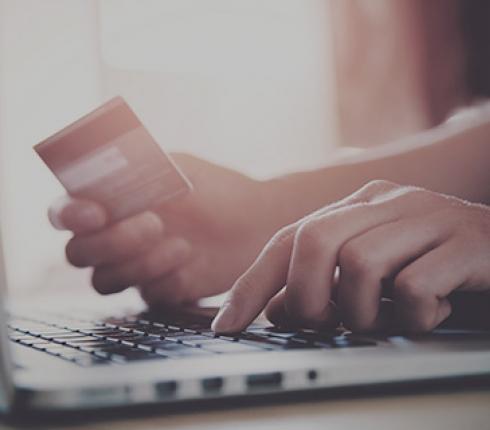Counterfeit products in the amount of 85.000.000.000 EUR per year are being imported to the EU and the number is only growing
The availability of illegal copies and trademark infringed products has been increasing exponentially due to the use of online shopping in the EU. According to official statistics, 5% of all goods imported into the EU, worth around €85 billion, are counterfeited.
To counterfeit means to imitate something. Counterfeit products are fakes or unauthorized replicas of the real product. Counterfeit products are often produced with the intent to take advantage of the superior value of the imitated product, such as high-fashion goods or pharmaceutical products.
Counterfeit products tend to have fake company logos and brands (resulting in patent or trademark infringement ), have a lower quality (sometimes not working at all) and may even include toxic ingredients. Hundreds of thousands of people have died due to automobile and aviation accidents caused by counterfeit spare parts, poisoning, or from taking non-functioning medicines.
Another fact related to counterfeit products is that when you are purchasing counterfeit goods, the producer and seller are earning money, partly due to someone else’s creativity and investment. These producers and sellers tend to be part of large criminal syndicates that normally nobody would want to financially support.
To face this immense problem of counterfeit goods, the European Commission has taken the initiative to implement measures that would control the money flow and concentrate more on the supplier of counterfeit goods than on the individuals that acquire them. This way the correct initiatives to tackle this issue could potentially dry out the source of counterfeit products.
Another efficient method that should be used in parallel is to use awareness campaigns to educate people about the value of intellectual property rights and the value they bring to the society in whole. What would the world look like if no inventor, artist or author had the right to earn money based on their creativity?
One of the activities suggested is to support the creation of voluntary agreements, introduced by private initiatives, for a more efficient application of Notice and Take-Down Procedures from online shops when facing counterfeit products.
But the core activity of this initiative is the actual creation of a Counterfeit and Piracy watch list over third countries and cooperation with the authorities from those third countries. The counterfeit products sold to the EUR are mostly originated from China, South-East Asia and Latin America, according to the European Commission.
In case of additional questions, please contact NJORD Law Firm’s partner Karolina Ullman.

